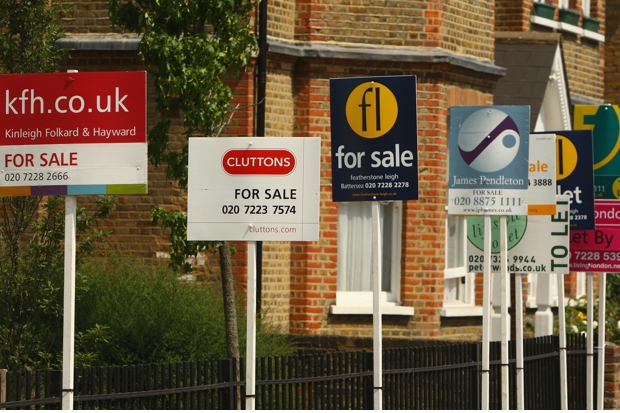Since the start of April, anyone buying a home with a granny flat could have found themselves hit by an inflated stamp duty bill.
They would have been caught up in the government’s move to get landlords and those who own second homes to contribute more to the Treasury’s coffers by way of a 3 per cent stamp duty surcharge.
The planned rate varied between 3 per cent and 15 per cent of the sale price, depending on the property’s value. For example, a property with an annexe – the proper name for a granny flat – with an overall sale price of £500,000 would incur a new stamp duty bill of £30,000, compared to the £15,000 it previously cost. The change doubled the effective rate of stamp duty from 3 per cent to 6 per cent on properties of this price.
However, perhaps conscious of the painful effect of this new stamp duty regime on middle-Englanders, the Treasury has had a rethink. It has just confirmed that some homes with granny flats can escape the surcharge ‘to iron out technical unfairness’ – specifically those worth less than a third of the total property value.
This will come as welcome news to thousands of families who have shacked up together to pool resources and cut their costs, or those who intend to do so in the near future. For many of them, the ideal situation is to live together in a spacious home complete with a self-contained annexe that grown-up children and grandparents alike can enjoy.
There has been a surge in building such accommodation. Between 2013 and 2015 almost 10,000 new granny flats were built across England and Wales, figures from the Valuation Office Agency reveal – with the total number now in the region of 34,000.
While the government U-turn is to be applauded, anyone thinking of building a granny flat, or buying or selling a property with one still needs to be aware of a major caveat.
Houses with substantial annexes remain liable for the stamp duty surcharge. These are properties whose granny flats could be sold separately from the main house because they have their own front door, utility supply, council tax bill and are worth more than £40,000 in their own right.
And the stamp duty charge will apply on the entire property value – not just the value of the annexe.
If you have purchased a home with a granny flat since 1 April and paid the higher stamp duty bill before the exclusions were announced by the Treasury, you can apply for a refund. There is no specific form to be filled in – as there is for people who inadvertently end up buying a second property temporarily while they wait for their old home to sell. Instead, homeowners are advised to ask the solicitor who acted for them during their property purchase to write to HMRC to request the refund.
While the government insists that fewer than 1,000 properties will be affected by the granny flat tax, before you make an offer on your dream family home, or build an annexe to your existing property, don’t forget to consider the extra stamp duty bill either you, or your potential buyers, could be landed with.
Laura Whitcombe is knowledge and product editor at ThisisMoney.co.uk






Comments